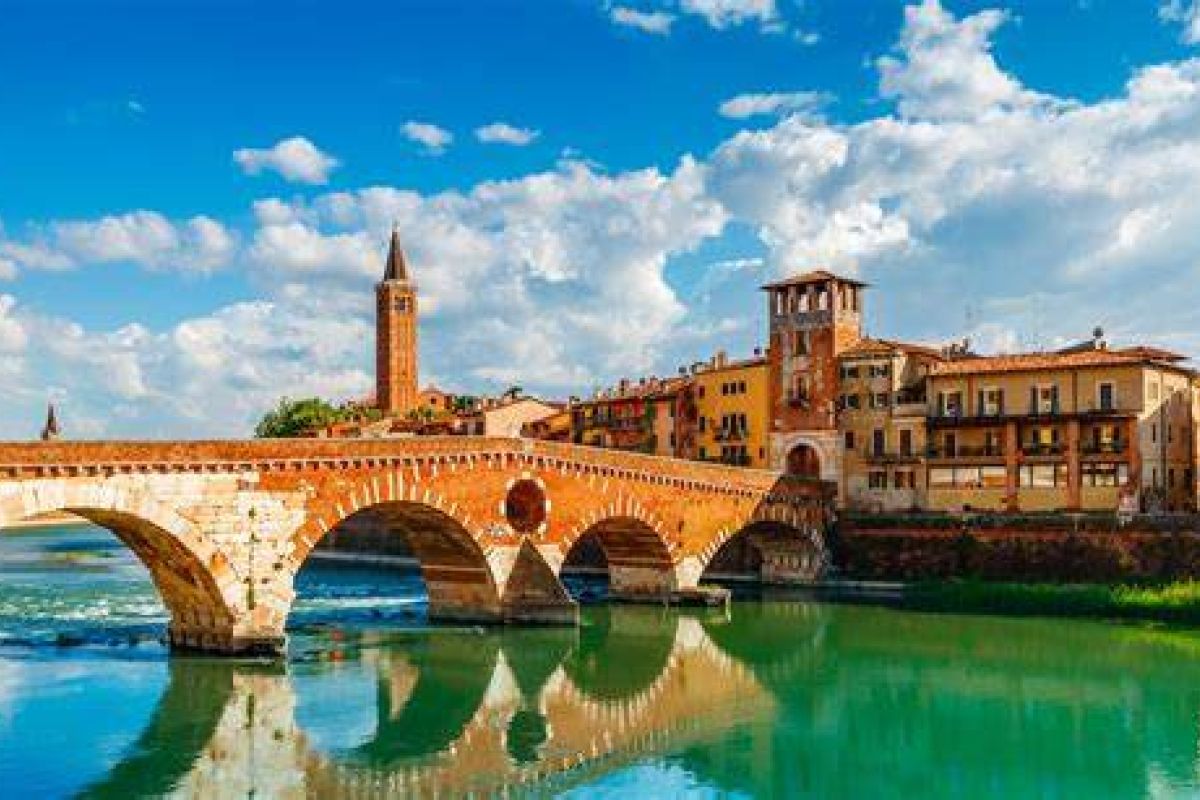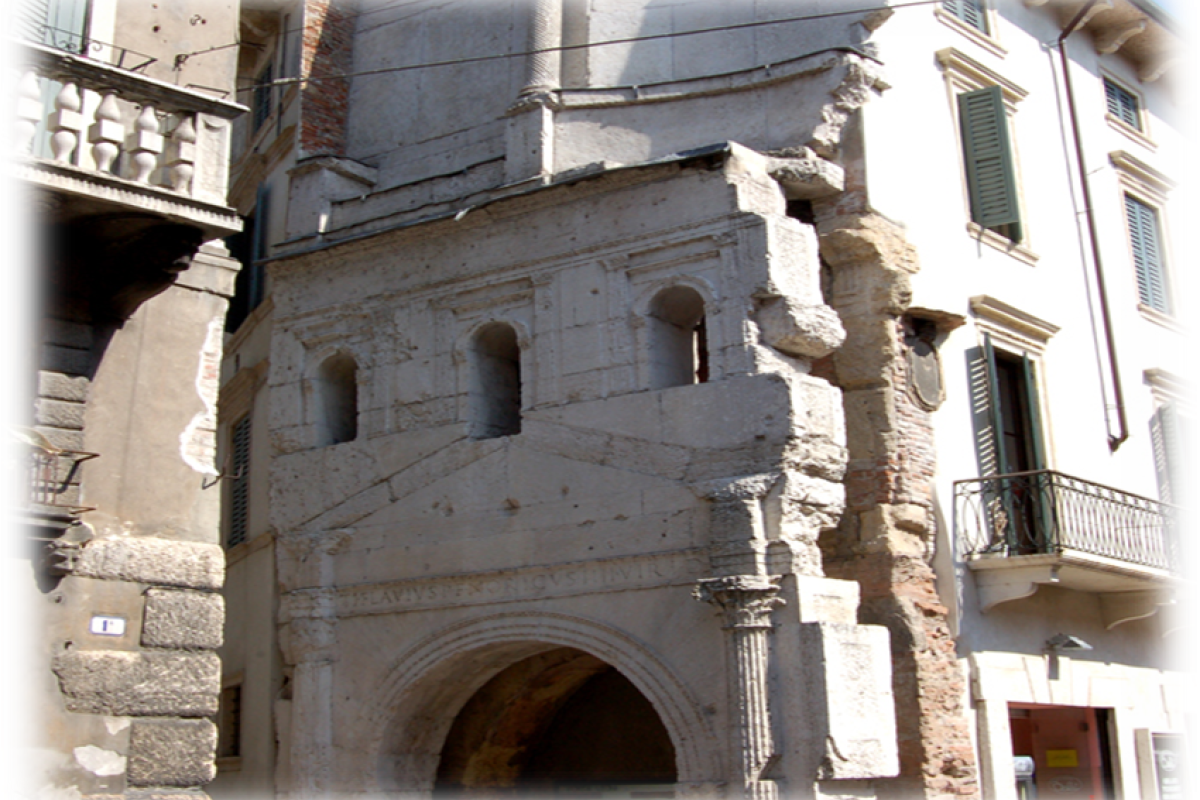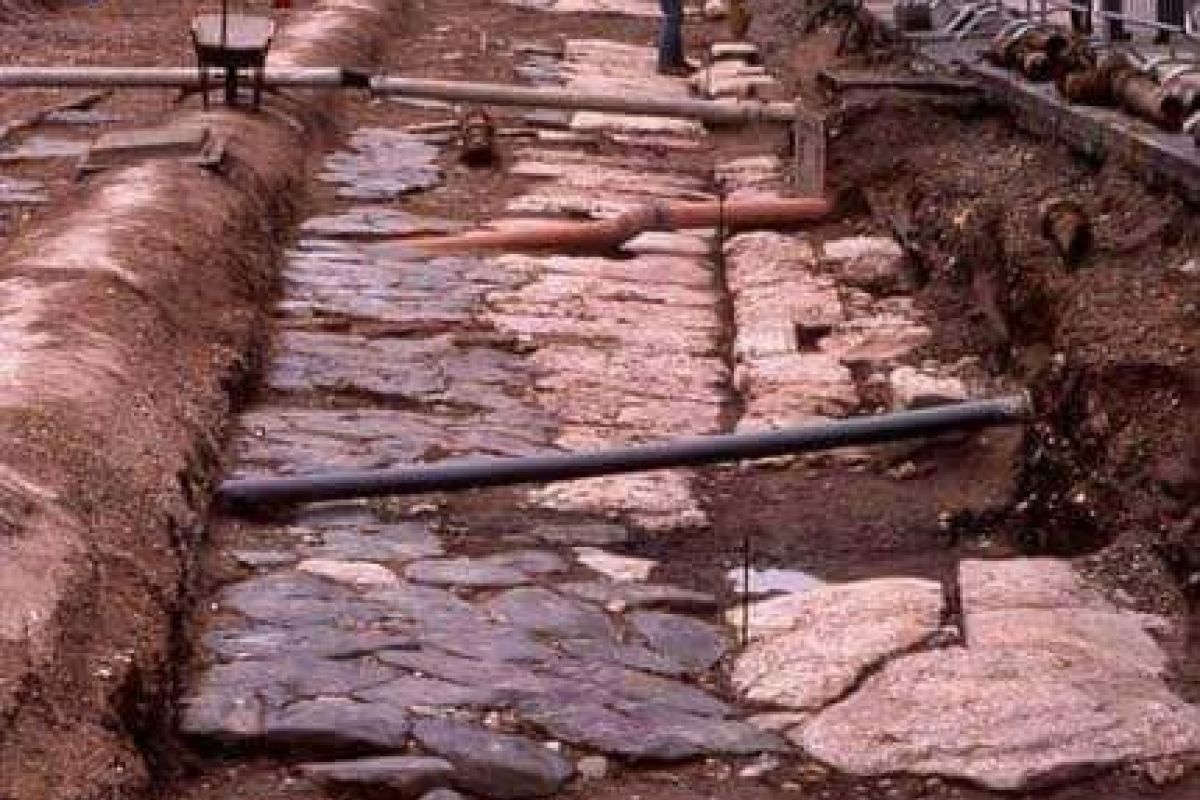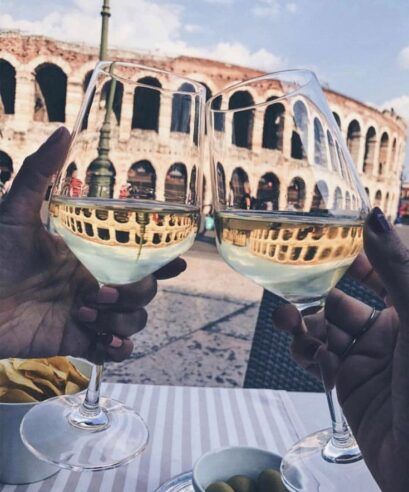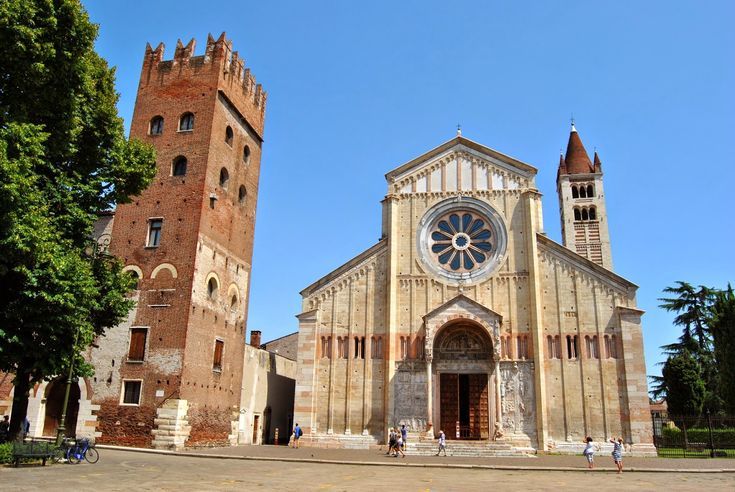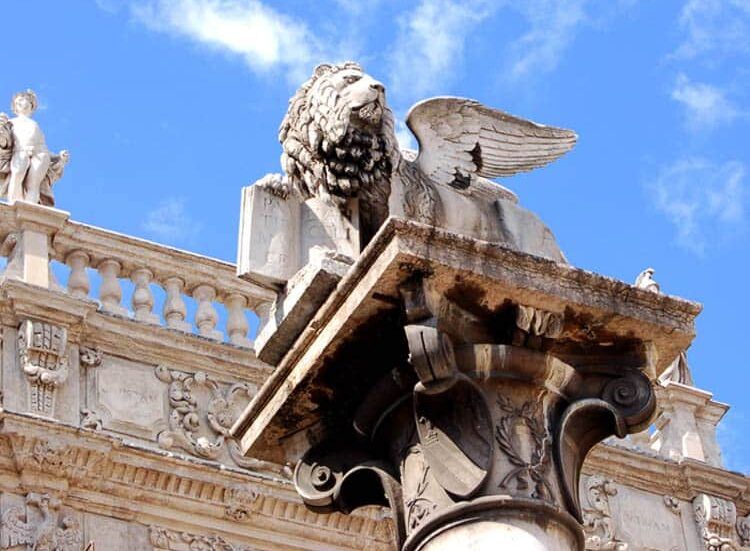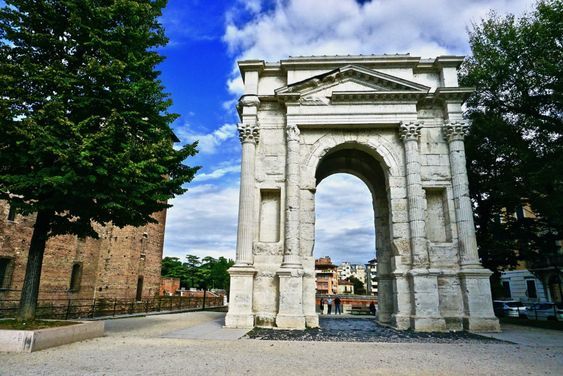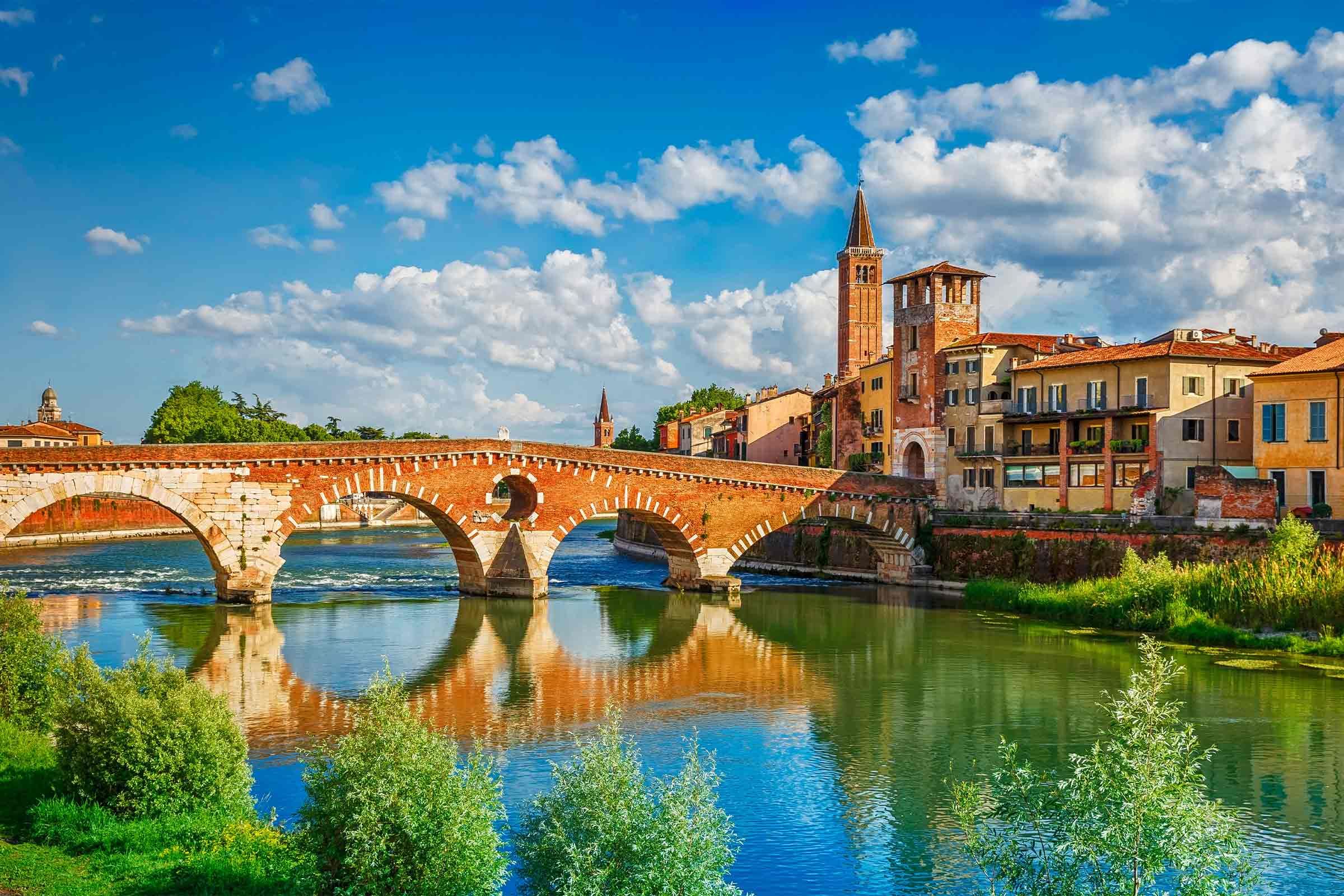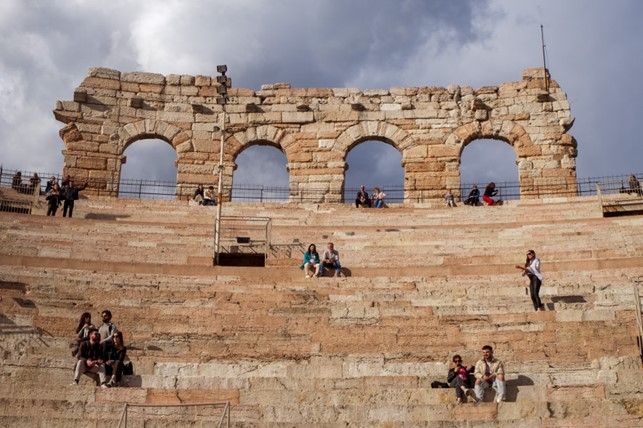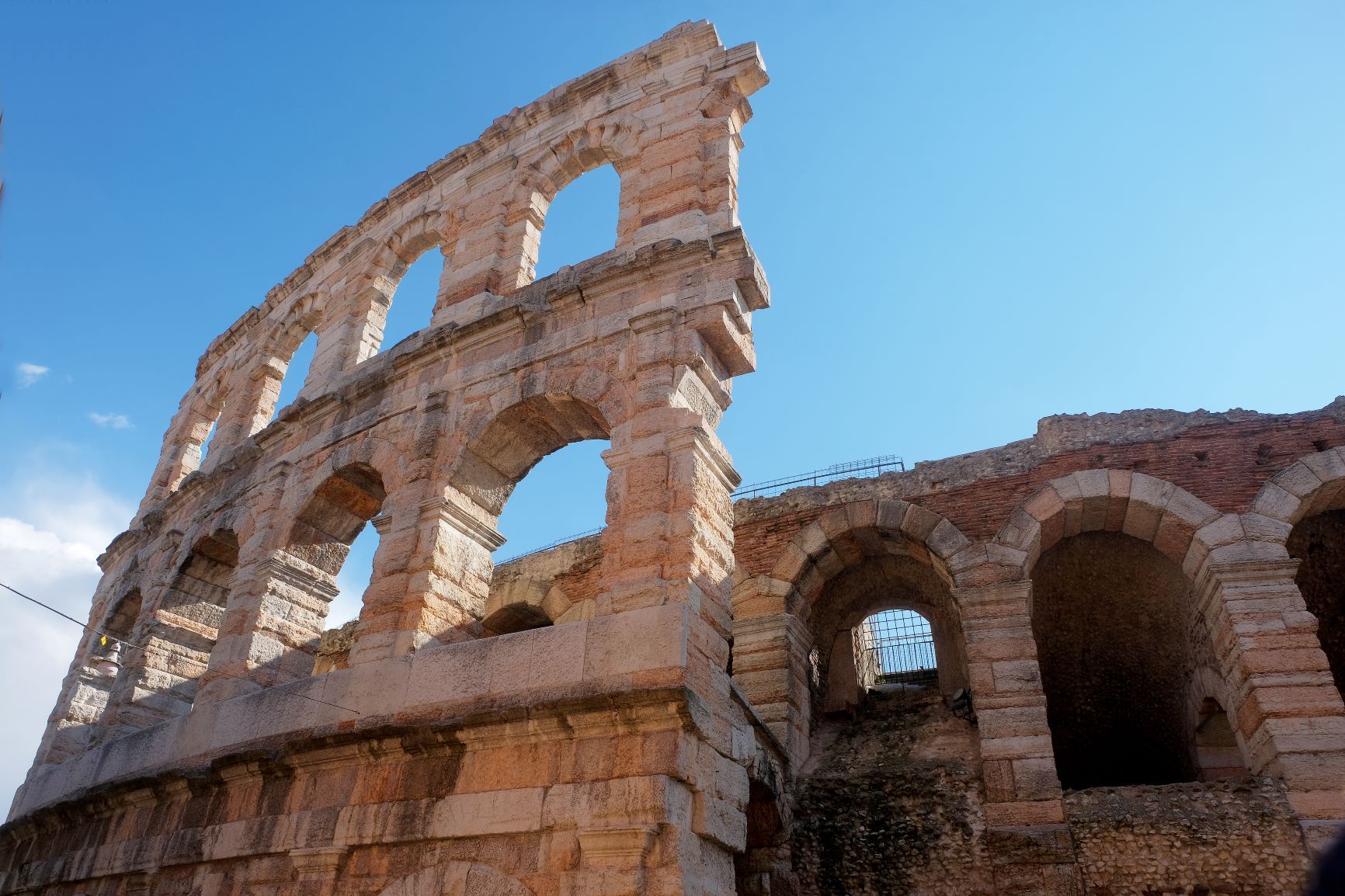

Guided Tour Roman Verona – Full Day
Program
Inside visit of the Arena, the Arco dei Gavi, we will travel along the long ancient Via Postumia Roman consular road to reach the Portoni Borsari. We will stop at the Head of Medusa of Tomba Romana arriving in Piazza Erbe ancient Roman forum, along part of the Cardo Massimo with possible stop at the courtyard of Juliet’s House and depending on the time available we could continue towards Porta Leoni (2nd Roman Gate) and then return along the Cardo, Piazza dei Signori with Roman statue. Free lunch. In the afternoon we will head towards the river to admire the Roman Theater and the Roman Bridge called Ponte Pietra and then we will go towards the Cathedral where in the Cloister are still visible the traces of the Zenonian Cathedral of the 4th century AD. Or in the afternoon you can visit the Roman Theater and the Archaeological Museum.
There can also be a panoramic variant with your coach with a general view of the city that allows, passing first through Porta Nuova and Porta Palio, to see the Arco dei Gavi and Ponte Pietra.
DURATION: Full day (2am+2pm)
STUDENT COST: €280.00 1- 30 pax; €320.00 31-50 students; only with earphone rental; €10.00 for each pax over 50. €50.00 for each extra hour. + €12.00 For electronic invoicing
CANCELLATION POLICY: once the tour is confirmed, it can be cancelled without penalties up to 11 days before. If cancelled from 5 to 10 days, 50% of the cost will be charged, if cancelled from 4 days to the day of the tour, a penalty of 100% will be applied
For your personalized itinerary
Additional Information
In the 1st century BC, the Romans transformed Verona from a small village of huts into a large city with brick buildings, infrastructure and stone-paved streets. The Roman layout of Verona and many of its monuments have survived more than two thousand years and are still visible today.
The Roman generals immediately realized the strategic importance of Verona and made it a fundamental military outpost. There was a river that guaranteed a water supply and was wide and deep enough for navigation. With its bends, it also offered a formidable natural defense. The area was flat but protected to the north by hills that, starting from the edge of the Adige River, became real mountains as they continued north. Verona was a short distance from Lake Garda, which at the time was still called Benacus. It was located on the piedmont line, at the entrance to the Adige Valley, a natural connection between the Brenner Pass, through which Hannibal had passed, and the Po Valley. These communication routes, little more than dirt paths, were certainly already used to connect the various settlements that arose from the early Bronze Age. The Romans made them paved, straight and wide roads, on which armies and goods could move comfortably. They thus created a formidable road network at the center of which, in northern Italy, was Verona.
Tour Features
-
Art
-
School
-
Verona
-
Verona through the centuries
Price
-
Starting from280,00 €
-
Paymentfor invoice to be paid before the event, otherwise direct to the cash guide.
Information
-
Meeting pointStatue of Vittorio Emanuele II in Piazza Brà
